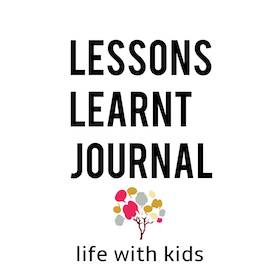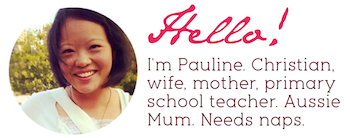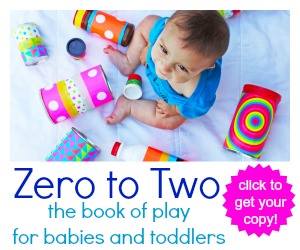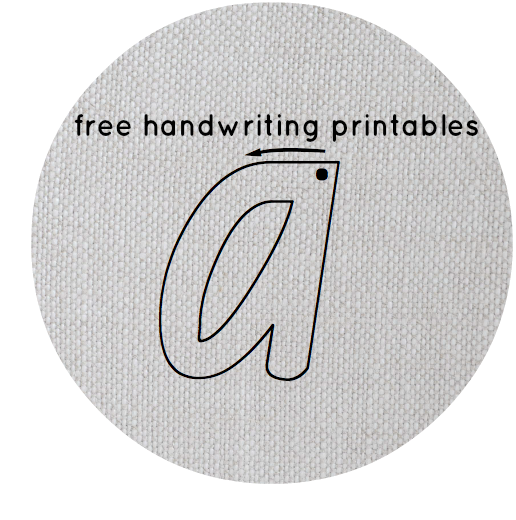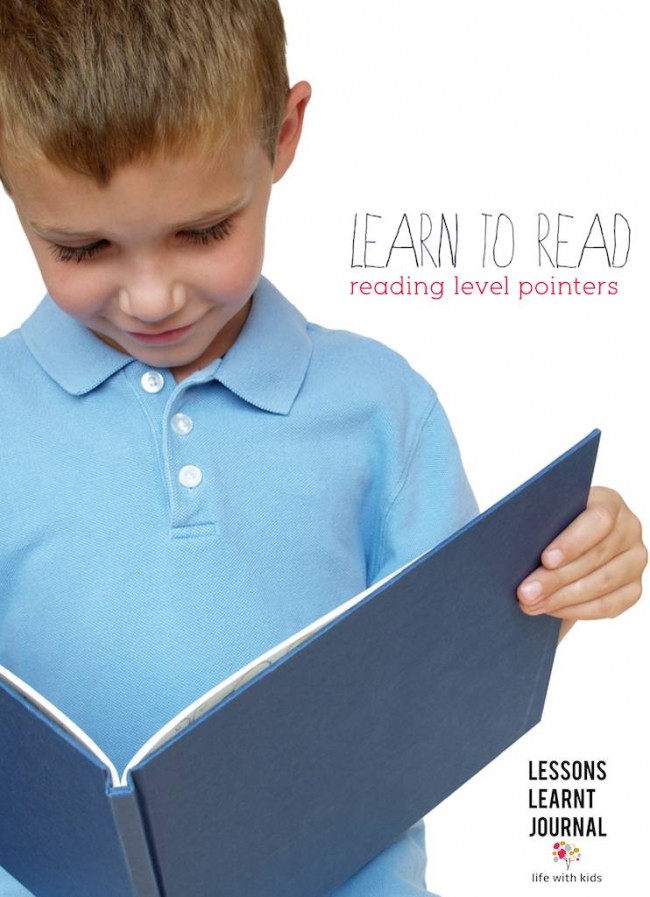
Learning to read. I want to share these reading level pointers because I think it might help parents understand the seemingly bizarre world of home reading and levelled readers.
I’ve read a fair share of criticism about Home Reader Books – you know those (loved/loathed) little books children take home from class each day or week to read at home with their parents, as part of their homework. To put these criticisms into context, they are usually Facebook posts from mothers of children who have just started kindergarten, or are still in the infant years of schooling (Kindergarten / Year 1 / Year 2). They usually go along the lines of, “How on earth can you get kids interested in reading, when these books are so boring, etc”.
I’m not here to say these criticisms are unfounded. Even amongst teachers, there’s healthy ongoing debate about how best to help children learn to read. You have those who are passionate about surrounding children with authentic texts, interesting books and letting a child discover the skills of reading. Then you have those who are passionate about direct instruction and explicitly teaching reading skills.
I am of the view that there’s no one method suits all solution to teaching reading. Some kids really do just pick up reading at home, before they start school. Others pick it up quickly during the first few months of starting school. Others still, need direct instruction, possibly for many years before they learn to read.
I stand firmly by these points I shared before on how to encourage reading, however I share these reading level pointers with parents of students in my class, to help them understand what we are working towards during our guided reading groups during class. I also share these reading level pointers with them so they better understand why our home reader books are structured the way they are. To that end, I hope you find these reading level pointers helpful.
(A quick note about book levels. Each publisher / levelled reading book series has their own way of grading their book levels. Some use colours, others use numbers, letters, or a combination of these. The way each system codes their levels, rarely correlates with other systems. However, the numbers, letters, colours don’t really matter. It’s the skills associated with each level, that’s of interest. So, the book levels that I share here may not match the system that your child’s school uses. However, the general progression of skills should roughly correlate).
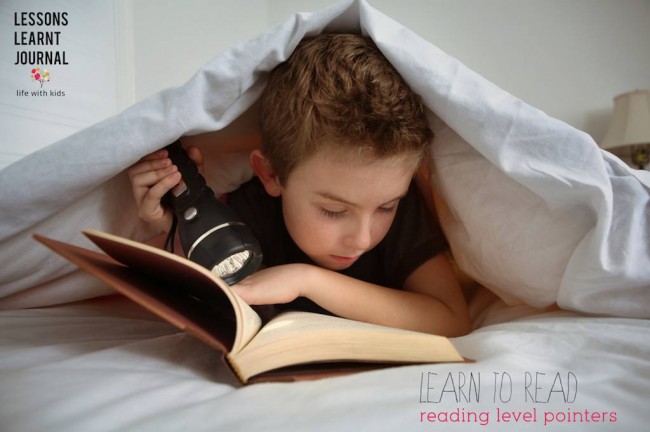
Book Level 1, 2
- holds book the right way
- talks about the pictures
- knows where to start reading
- reads from left to right, line by line
- points to each word as it is read
Book Levels 3 to 5
- can find known words in the story
- uses the picture and beginning sound to help predict an unknown word
- remembers the pattern of the story
- can find a particular word in the story and say how they know what that word says
- can stop, go back and read again to check
Book Levels 6 to 8
- uses eyes to follow words instead of finger
- uses sounds to work out small words or the beginning part of longer words
- stops and self corrects because: of known words; it doesn’t make sense
- notices word endings as well as beginnings, e.g. s, ing, ed, er
- can find rhyming patterns to work out an unknown word
- starting to read more fluently
- re-read as for levels 3 to 5
Book Levels 9 to 11
- able to answer questions and remember details of the story
- stops and self corrects because of known words, it doesn’t make sense, it doesn’t look right
- can find small words in bigger words, e.g. to/day; h/and
- can break up words into syllables
- re-reading to check
Book Levels 12 to 14
- fluency
- phrasing: reads chunks of words e.g. “in the bath”, “before the game”, “under a table”
- syllabification
- punctuation: voice goes down at a full stop; voice goes up at a question; knows to use expression when ” ” are in the book; emphasis for a !
- re-reading
- reading on – when a word is unknown reads on, then goes back and tries to work out the word.
Book Levels 15 to 20
- continue with phrasing
- punctuation as for levels 12, 13, 14
- using many strategies to work out unknown words
- meaning – what is happening in the story
- noticing letters, all parts of the word
- syllabification
- re-reading
- reading on
- looking at known parts of words
- does the sentence make sense?
Again, so this post is not misunderstood, these reading level pointers is not the cure-all key to helping kids learn to read. Ideally, kids should not just be reading home readers at home. After sharing these pointers with parents, I follow with these suggestions for reading at home:
What parents can do:
- Read aloud to your child every day in your home language. Encourage your child to be a keen reader.
- Talk about a book before you start reading it. Ask them about what they are reading.
- Buy a bed lamp and encourage reading each night before going to sleep.
- Praise every effort in reading.
- Be seen reading for pleasure yourself and make visits to the library. Talk about books.
Don’t nag about reading. The important thing is “Is my child finding interesting reading material and are conditions at home favourable to reading?”
If you enjoyed this post, please consider leaving a comment; I’d love to hear from you. If you are new here, you might like to receive updates direct to your email. We have many fun ideas to share.

